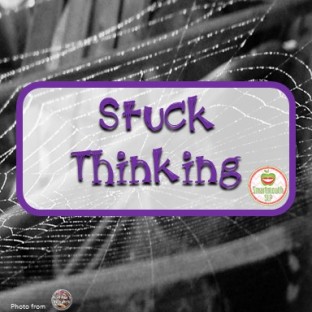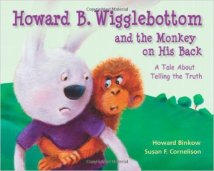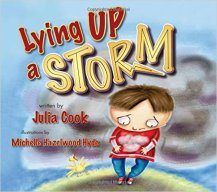
I had the misfortune of walking into a spider’s web the other morning. I was caught up in my own thoughts and didn’t see the web draped across the hedges until it was too late. There’s nothing quite like a spider web freak out, and I am glad no one was nearby to witness it (or they would still be on the ground, laughing). It took me a good twenty minutes to untangle myself from the sticky webbing, and at least another twenty minutes to calm down.
This experience made me think of my students who get caught in their own thoughts but can’t get “unstuck”. Mental health is a big issue in our society, especially with our older kids. Many of our students with social language impairments, anxiety, and ADD struggle with managing their focus internally and externally. It’s easy for someone who doesn’t struggle with these thoughts to say, “Just stop thinking about it!”, but it is harder than it seems. Negative or perseverative thought patterns often upset our students, keep them disengaged in learning and conversation, and make it difficult for them to establish friendships if they become stuck in a chronically negative mindset.
This is one of those gray areas that overlap speech therapy and counseling’s scope of practice. It doesn’t have to be one or the other, as our students can benefit from the support of both specialists. From a social language perspective, helping our kids connect the concepts of keeping their “brains in the group“, taking the perspective of others, connecting how their choices might make other people think or feel, and emotional self-regulation are all valuable tools in their coping toolbox. Using a five point scale to talk about the size of a problem and matching the size of a reaction to that problem, are also helpful strategies with our kids. We need to make sure that we are working on these skills outside of the moment, as our students are often not available when they perseverate. They need to hear the message that they don’t have to do this on their own, and there are supports all around them! If the anxiety or compulsive thoughts are overwhelming for the student, then we need to dialogue with the family and encourage them to involve their pediatrician or psychiatrist in the conversation.
A friend once told me that she can’t be in her head too much because it’s a bad neighborhood to linger in. What she meant was that she can get stuck in dark and negative thoughts when she thinks too much on her own. She needed to talk through her worries with others who could put her concerns into perspective when she couldn’t. This is a similar premise of cognitive behavioral therapy . CBT is a “short-term, goal-oriented psychotherapy treatment that takes a hands-on, practical approach to problem-solving. Its goal is to change patterns of thinking or behavior that are behind people’s difficulties, and so change the way they feel.” This sounds like an approach that aligns with social thinking concepts and emotional regulation strategies, doesn’t it?
I created a TPT product for my older students to work on strategies and problem solving to get unstuck in their social thinking. It walks them through the steps to learn to “change the channel” in their mindset from negative to positive! Want to check it out? Social Skills: Change the Channel from Negative to Positive .
For your younger students, I really love the book by Kari Dunn Buron, When My Worries Get Too Big , or Julia Cook’s fantastic book, Wilma Jean the Worry Machine .
How do you work with students who are chronically stuck in an internal or negative mindset? Share here!



